A podcast I recorded with Barclays CEO John Varley yesterday is posted on their website today at: http://www.barclays.com/sustainabilityreport07/ceo_introduction.html. Short and to the point, but tucks in a question about social entrepreneurship.
A podcast I recorded with Barclays CEO John Varley yesterday is posted on their website today at: http://www.barclays.com/sustainabilityreport07/ceo_introduction.html. Short and to the point, but tucks in a question about social entrepreneurship.
Drove west early with Elaine, Gaia and Hania, for Pat and Tim’s sixtieth wedding anniversary. Started out fine, then clouds heaped up as we passed Oxford, though by the time the party (with over 70 people and a marquee on the back lawn) got into full swing, the sun was out and about fairly regularly. A wonderful gathering of family and friends from all eras and generations, including a couple of total surprises: Ian Keay and Nigel Palmer, both with long grey or white pigtails.
Part-way through, Caroline had asked me to do some sort of speech in celebration. While I started out by trying to get all the younger family members involved, on the basis that the first-born male was an inappropriate toast-master these days, I found myself in the role.
So I set to – and spotlighted five key years: 1920, 1922, 1948, 1959 and 1960.
1920, which was a Leap year, was the year that Tim was born. To give people a sense of what else was going on that year, I noted that 1920 was the year that Prohibition began in the USA, that the Royal Canadian Mounted Police (‘Mounties’) began operation in Canada, and that a certain Adolf Hitler presented his National Socialist program in Munich. I also commented that it is a miracle in multiple dimensions that Tim is still with us, having been shot down in the Battle Britain, having crashed a Mustang in India and a Shackleton in Ireland, and a Rover 3-litre at 70 mph, after which he was sent to hospital by Pat when she noticed he had a 9-inch crack in his skull. I also recalled how often Hill House shuddered when he collided with beams in the attics, far too tall for those parts of the house.
The second year was 1922, when Pat was born. That was when the first radio appeared in the White House and the BBC began radio broadcasts in England. Benito Mussolini became the youngest Premier in Italian history. And Howard Carter & Lord Carnarvon broke through into Tutankhamun’s tomb – the first people to do so in 3,000 years. Quite a Harrison Ford moment, though I noted that it wasn’t Tim’s slouch hat – but his RAF uniform – that worked the trick with my mother-to-be.
1948, another Leap year, was the next year selected, the year that Pat and Tim were married. That was also when the state of Israel – and the Hell’s Angels – were formed. Prince Charles was born in 1948, and Pat and Tim had just received an impressive card (with golden tassles) from the Queen, who had married the previous year. I pulled Pat’s youngest brother, Paul, in at this point in the proceedings, as apparently he is now the only other person still living who attended the wedding. We also spotlighted the painting Caroline did in celebration of Pat and Tim’s 50th anniversary, in 1998.
1959 came next, the year that we bought and moved into Hill House. And it was particularly nice to see so many people from the village taking part in the party. That was also the year that Cyprus (from which we had just returned) won its independence, that Castro took over Cuba and the Dalai Lama left Tibet. And what an extraordinary home it has been, with various wings of the family present today (including the Adamsons, Griffins and Mills, in addition to the myriad branches of the Elkingtons). And then there were all the parallel families we grew up with, among them the Langers, the Sweetings, the Lanes & the Lanes, the Hanks, the Keays, the Palmers, the Davenports and Feichtingers. More recent additions included the Hedderwicks and the De Borgrave Nibletts.
Finally I focused on 1960, another Leap year, and the year the last of we four siblings, Tessa, was born. That was the year JFK won the US presidency, that Nikita Kruschev banged a UN table with his shoe—and the USSR downed the U2 piloted by Gary Powers. Also the year when the newly-named Beatles began a residency at the Indra Club, Hamburg. I then pulled in Tessa, but in the excitement forgot to ask Caroline (who had organised the party, but refused to speak) the threatened question: Who had given the best excuse for not being there? Answer, cousin Toby, currently sailing somewhere between the Faroes and Iceland.
Then I called in Gray and referenced a number of things Gaia and Hania had said the previous evening in London about their memories of Hill House, which has been their home-from-home. Gaia remembered, at age 8, being reprimanded for standing in the End Room and asking the Hill House ghost, Belinda, to cut the power, please, because she didn’t want to take the train home. Which Belinda duly did, to Tim’s deep distress as the barn freezers shut down. They remembered swimming in the nearby Windrush with Caroline and the rest of the family. They remembered the giant Bramley tree, long since felled because of old age and disease, the ‘rubbing post’ that I did some time in the 1960s with Tim, and which has occupied pride of place in the kitchen, with the varying heights of successive generations marked on it. They recalled midnight picnics on hay-bales with hurricane lamps up in Bobble Barn field. And they celebrated Christmases when Tim’s old white RAF socks were used as their wildly capacious present stockings. Gaia got a pair of fairy wings aged five – and noted that she was still wearing wings to St Paul’s Girl’s School at eighteen.
My final memory before proposing the toast to Pat, Tim and Hill House was lying out on the same lawn on a camp-bed in the mid-1960s, after seeing the film I Love You Alice B. Toklas in Chletenham, and waking up around 02.00 with the scent of honeysuckle in my nostrils – to find the entire night sky aflame with the biggest Perseid shower for over 100 years. Literally mind-numbingly beautiful. But, I then went on to say to my beloved parent that they were the stars today – and we all drained out glasses, again.
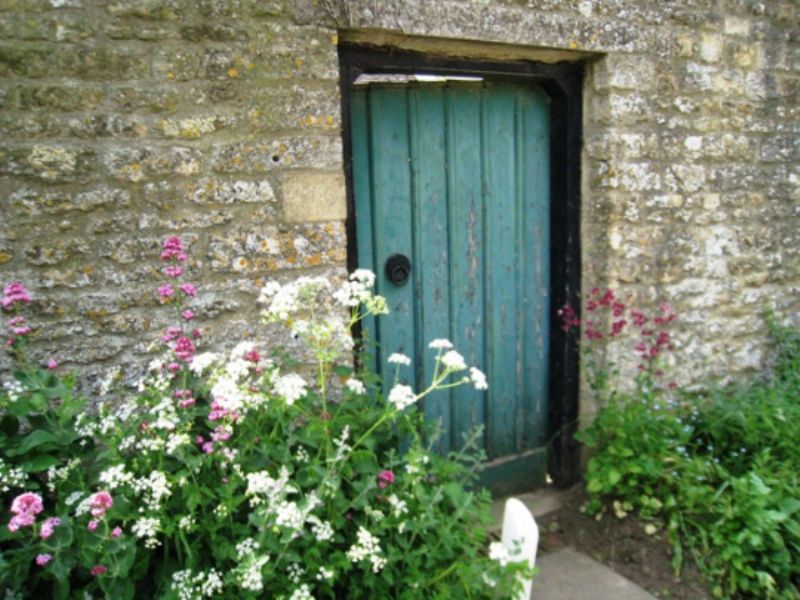 Door into past and future
Door into past and future 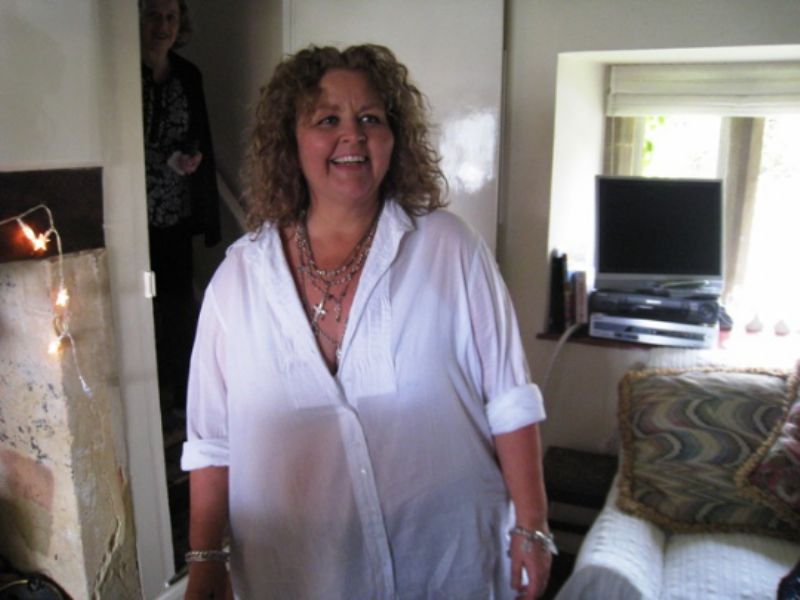 Caroline has been the centre pivot
Caroline has been the centre pivot 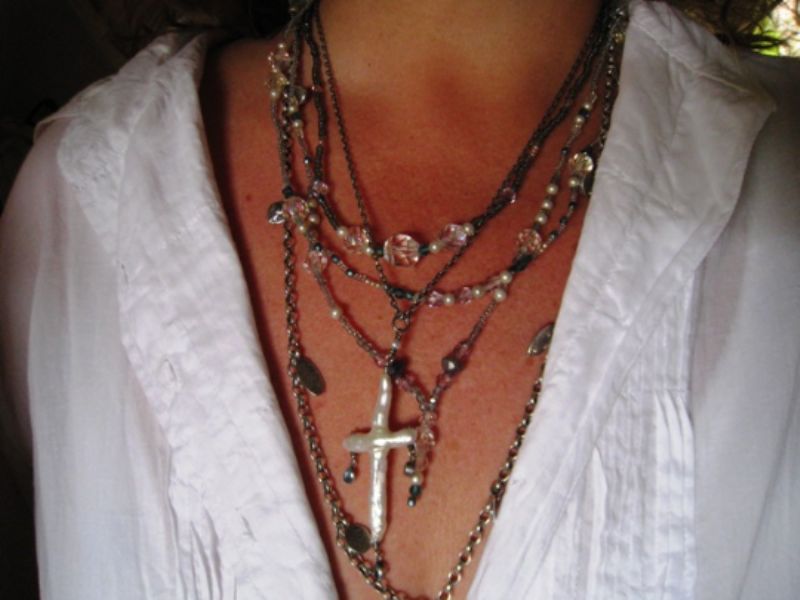 Bling 1
Bling 1  Bling 2
Bling 2 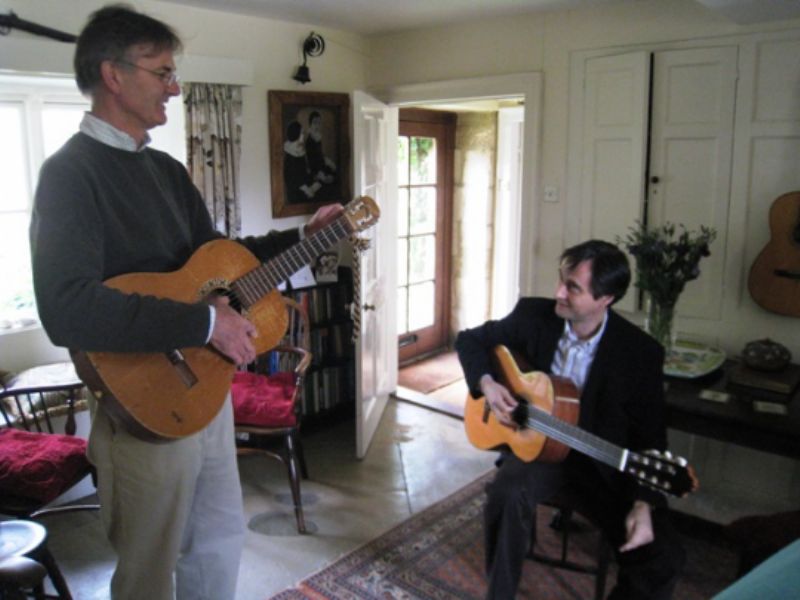 Gray and Robin tune up
Gray and Robin tune up 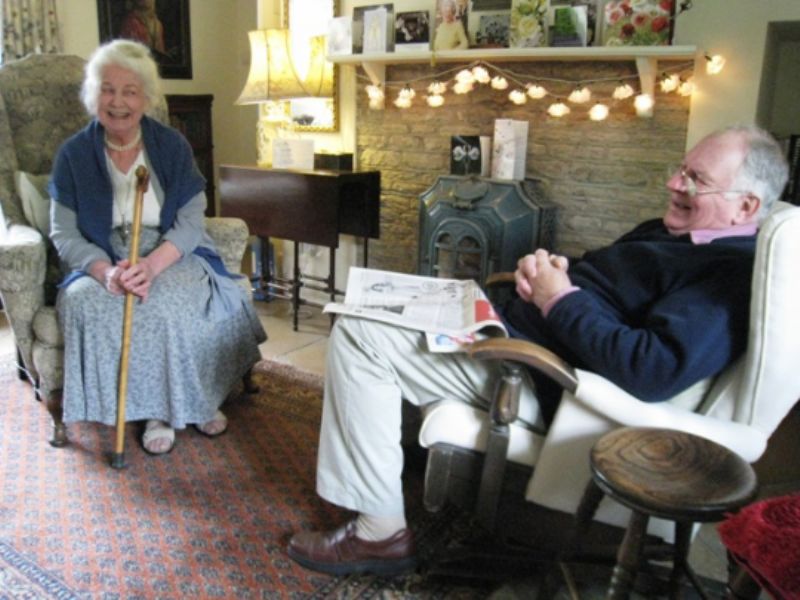 Pat and Paul
Pat and Paul 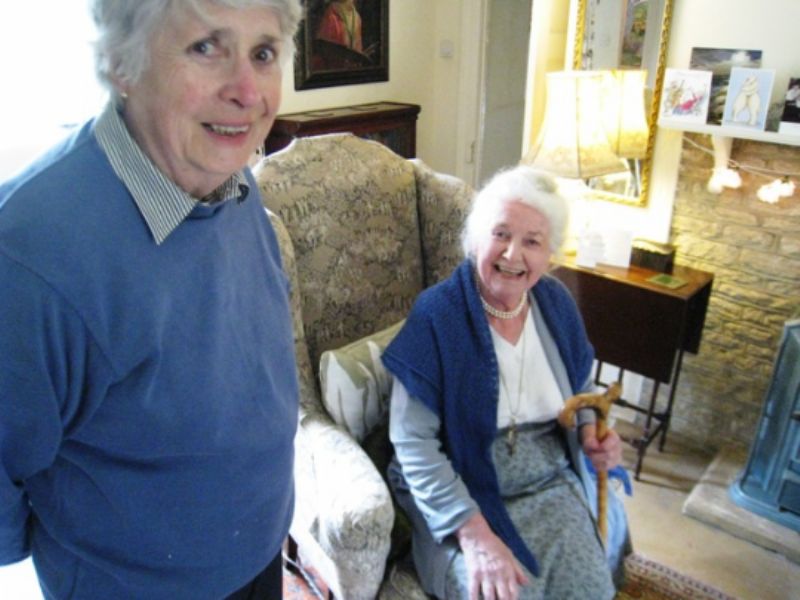 Olive and Pat
Olive and Pat 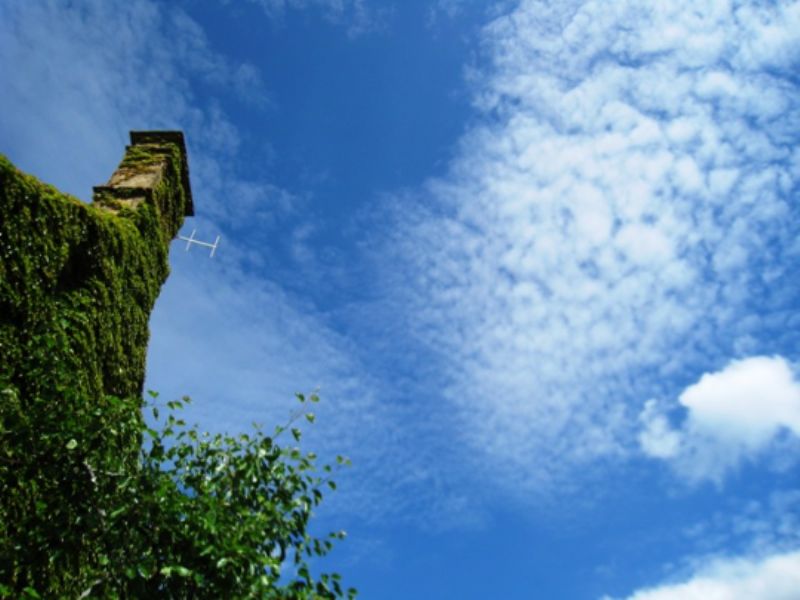 Sky, looking past my old bedroom window
Sky, looking past my old bedroom window  Pat, Tim and Caroline’s family tree painting for their 50th
Pat, Tim and Caroline’s family tree painting for their 50th 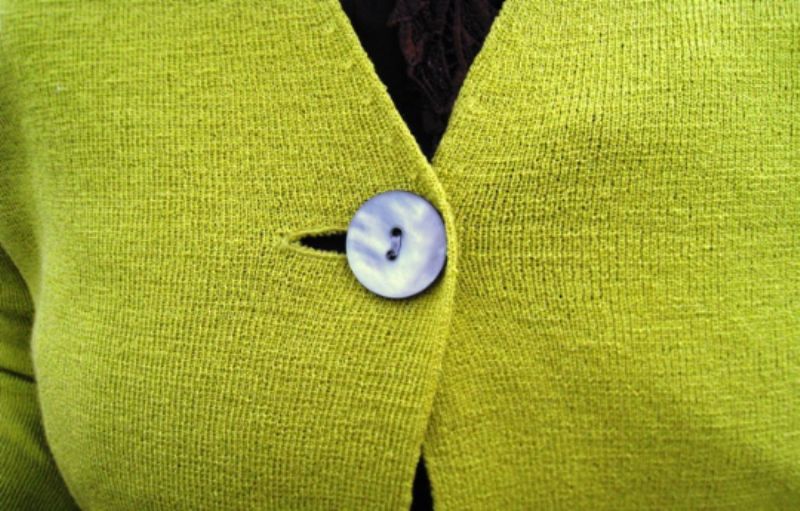 Tessa’s button
Tessa’s button 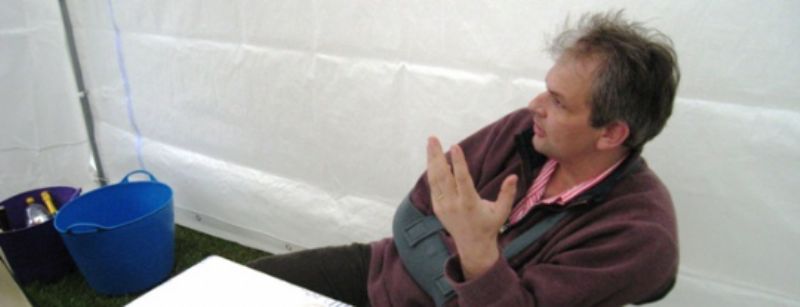 Dr John (Chambers)
Dr John (Chambers) 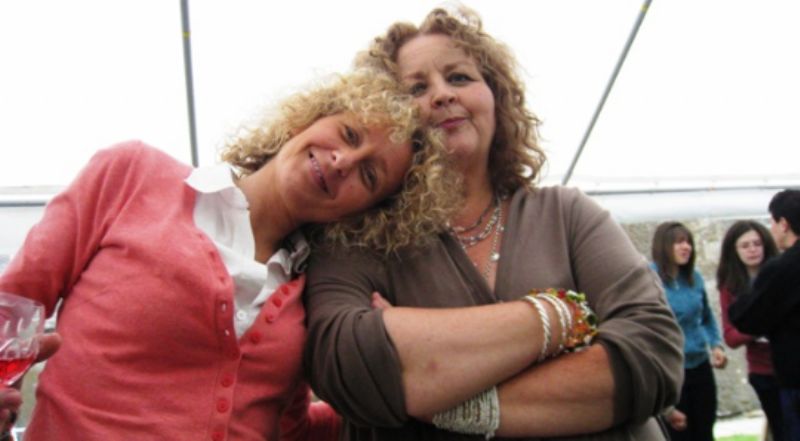 Christina and Caroline
Christina and Caroline 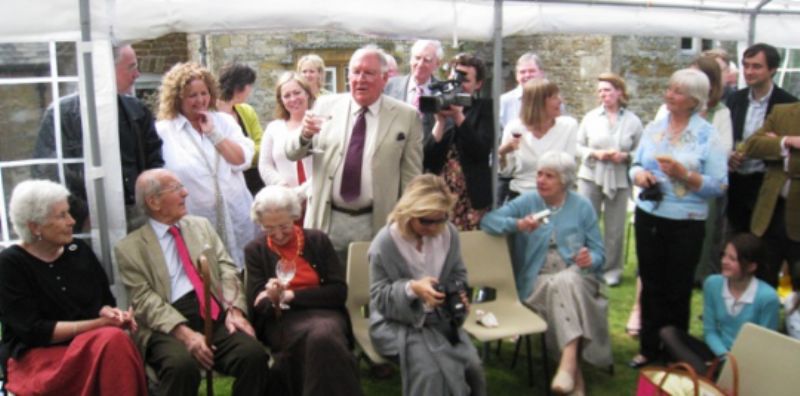 Paul recalls the wedding in 1948
Paul recalls the wedding in 1948  Pop
Pop 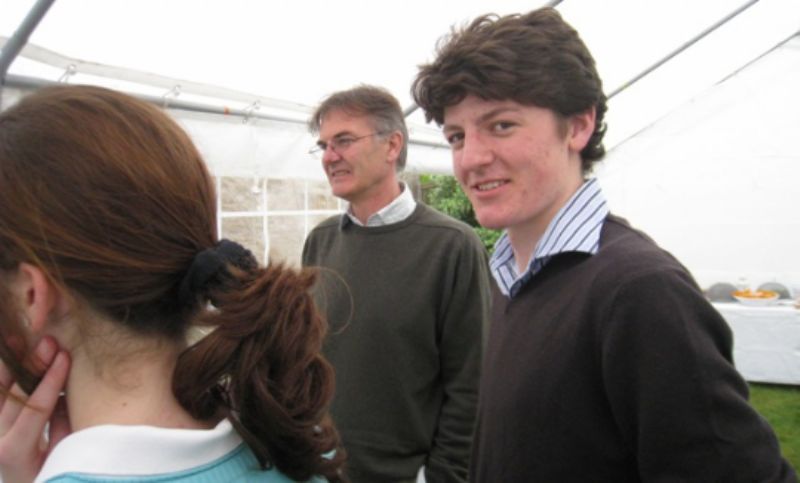 Lydia, Gray, Boo
Lydia, Gray, Boo  Those magnificent men in their flying cup-cakes
Those magnificent men in their flying cup-cakes  Gil and Tessa
Gil and Tessa 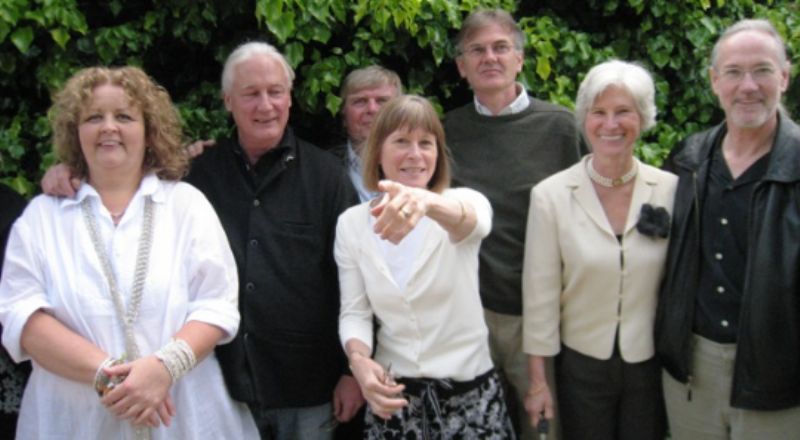 Caroline, Nigel (Palmer), Nicky (Hanks), Jane (Davenport), Gray, Cally (Feichtinger), Ian
Caroline, Nigel (Palmer), Nicky (Hanks), Jane (Davenport), Gray, Cally (Feichtinger), Ian 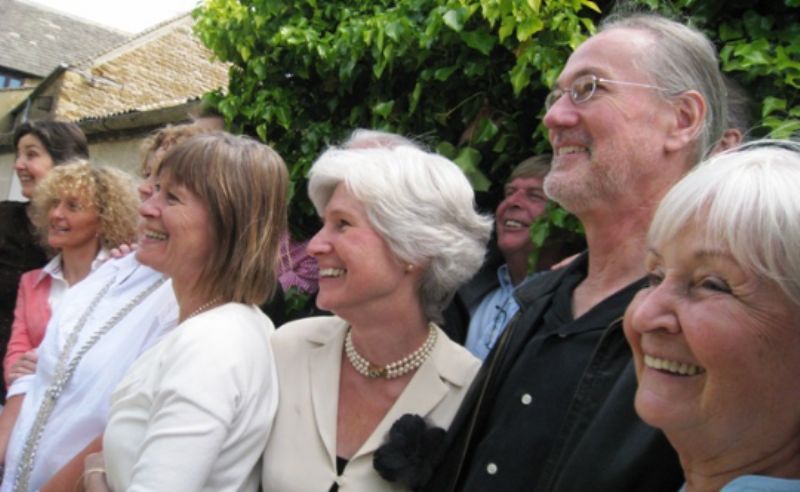 Tessa, Christina, Caroline, Jane, Cally, Nicky, Ian, Alda (Angst/Keay)
Tessa, Christina, Caroline, Jane, Cally, Nicky, Ian, Alda (Angst/Keay) 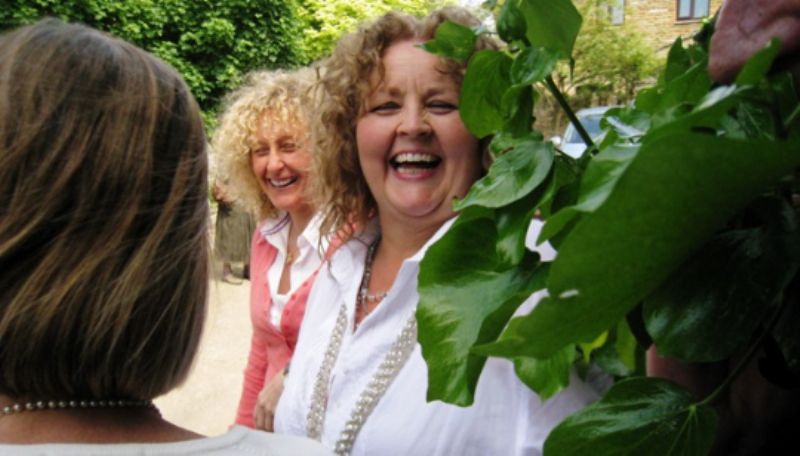 Jane, Christina, Caroline
Jane, Christina, Caroline
Some further photographs, of Pat and Tim (holding the model Spitfire and alongside Caroline’s 50th anniversary painting from 1998) and of those of some of us who grew up alongside one another all those years ago in Little Rissington and Icomb, taken by Alda Angst. The fleeting smudges may be passing ghosts, like Belinda, or they may be – as Ian (Keay) assures me they are – specks of dust inside Alda’s camera.
Dinner this evening was at 798 Space, an old factory evidently designed by East German architects – and a bit of an acoustic nightmare for those of us with bats’ ears. The vaulted ceiling reminded me of those giant concrete ‘ears’ that were erected on the British coast to detect the sound of incoming WWII bomber fleets. We took some pretty extraordinary paths on our way to developing those early acoustic locators or sound mirrors; it’s just a pity that architects didn’t reflect what happens when you design roof structures in the same way.
Fascinating conversations – against intense background noise – about the relationship between mainland China and Taiwan, about innovation and about nuclear power. And one conversation where I was told that the West should not underestimate China’s capacity to sustain – and accelerate – its current development and innovation trajectory. I don’t, though I doubt that we will see anything like a straight line upward trajectory, let alone an exponentially upwards one, whatever people here may think.
Got back to the hotel to find the South China Morning Post in my room, with the cover partly devoted to a horrifying image of rescue workers uncovering a group of dead primary school children, packed in shattered rubble like sardines in a can.
Meanwhile, in Beijing, the same paper notes the first death from a recent outbreak of hand, foot and mouth disease as the authorities here struggle to contain the spread of the virus just three months before the Olympic Games. On the bus across to 798 Space this evening, we were reminded that the Chinese see the number ‘8’ as lucky, which is why the Games open on the eighth day of the eighth month of 2008. But, whether true or not I don’t know, we were told that the quake hit on the 88th day before the games open. Something doesn’t quite add up.
Wednesday, May 14, 2008

Arrived in fog- and smog-cloaked Beijing this morning, after easy fight from London. Blown away by the new Terminal 3 here, the biggest in the world, only open for around a month, and stunningly efficient as far as my experience went. Met off the plane by a charming VIP guide and steered through all the formalities, which helped immeasurably.
Then into the city by limo, alongside someone who does Formula 1 racing for a living. I mentioned my recent role with Honda, who raised something like $1 million with their Earth-painted racing car. Managed to steer some significant funding towards the Marine Stewardship Council and Wiser Earth. But am much more interested in how F1 racing can be used to force technology, as in recapturing energy lost in braking – something the industry is coming under intense pressure to crack. Talking with Scott Garrett, head of marketing at Williams, I noted that I like competition, as in The X-Prize Foundation’s work on sustainable mobility, because it taps into fundamental elements of the human psyche which the missionary approach to sustainability rarely – if ever – does.
Here for an event organised by Aegis Media on the theme of acceleration. Interesting to hear Nigel Morris, CEO of Isobar, encouraging the conference to engage with the sustainability agenda. As the man who identified the digital media challenge and opportunity space ahead of many in the industry, his views carry real weight. But when I saw the clothes he was wearing, and knowing he was chairing the introductory session I was about to do, I streaked upstairs, stripped off my tie and changed shirts. Adaptable, me.
As I write this, while waiting to go out to dinner, the sky over Beijing is pulsing with lightning, rolling with thunder. A reminder of the difficult weather in which the rescue operations are proceeding here after the recent earthquake. And now it’s pouring with rain, which hopefully will flush some of the gunk out of the city air. It’s stunning what China has achieved in short order, but looking out of the window I’m pretty sure I wouldn’t want to run a marathon here yet awhile.
Friday saw the launch of the first version of the revamped SustainAbility website.
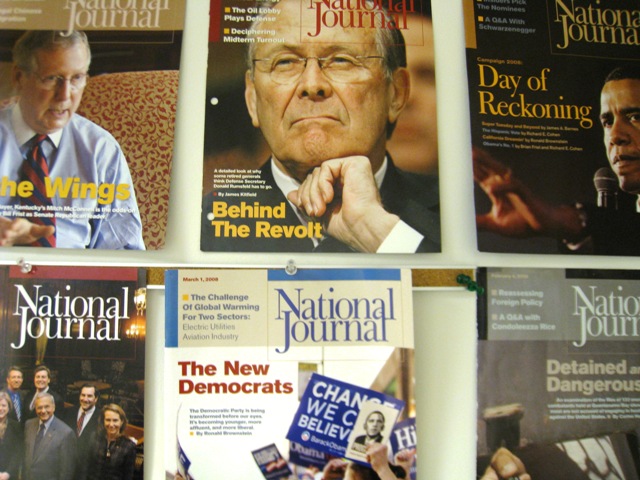
Front covers of the National Journal, where I was interviewed yesterday
Was hoping to fly back from Dulles at 23.00 last night, after doing my lunchtime session at the National Press Club for the World Environment Center. Unfortunately, however, something went wrong with one of the engines, so our take-off was aborted part-way through. We ended up spending a further 3-4 hours in the plane and airport before we were released to bed for the night. In the meantime, someone stole my suit jacket from the plane. Merry chase with an air steward trying to track down the culprit, him convinced we would find the jacket, me – having seen the jacket that had been left instead, pretty sure I would never see my jacket again. Because the loss means I can’t wear my only smart light-weight suit in Beijing next week, this means I have to buy another in short order. Flew back with United Airlines, which was rather less hectic.

Hurricane chases Spitfire around Dulles
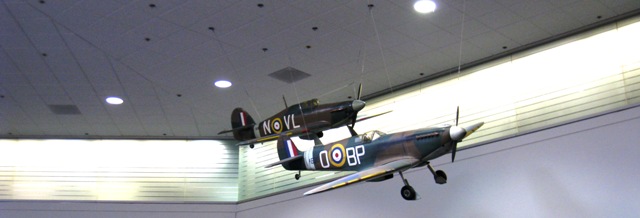
Ditto
Israel celebrated it’s sixtieth anniversary today. I haven’t been there since I was a child, in 1959, when one of the high points – as I remember it – was sitting on the lap of a pilot of a DC3, or Dakota, as we flew across the Dead Sea, and being allowed to ‘steer.’ Now, with Beirut teetering on the edge again, it’s hard not to have mixed feelings about the Near and Middle East, Israel included. But there was another anniversary today that I feel much less conflicted about, my parents’ sixtieth wedding anniversary. Well, perhaps conflicted in another way. It’s painfully characteristic that I’m travelling – that I allow myself to be borne along on this travelator – rather than there, but we will be celebrating this extraordinary family event in just over a week, when (hopefully) we’re all back in the country.
Flashes of lightning and thunder claps as I wrestled once again with Microsoft Outlook over a glacial Internet connection in the JW Marriott Hotel, Pennsylvania Avenue. Cold rain slashing at the window. CNN covering, endlessly, tomorrow’s Time magazine cover declaring Barack Obama as the “winner” of the Democratic nomination. But with the process still under way, it’s hard not to recall the saying, “There’s many a slip ‘twixt cup and lip,” or words to that effect. Still, if I had a vote I would vote for him, not least because America, to my mind, needs to make a truly radical break with its recent past, and nothing would signal that more clearly, particularly in places like the Middle east, than an Obama win.
Arrived in from San Francisco late last night, then today had meetings with people from the World Resources Institute (WRI) and Environmental Defense (Fund: EDF). Shuttled across to the old Watergate complex for an interview with the National Journal early in the afternoon, then back to SustainAbility’s offices in R Street, NW. Thrilled I brought an umbrella. Then back to the hotel to work on things for WEC, China Dialogue and innovations. Will catch up on blog entries when I get back to London, hopefully on Saturday.
Started the day with an hour-long interview on the Forum program on KQD, alongside three social entrepreneurs: Stephanie Bernstein (CEO & Founder, To-Go Ware), Matt Flannery (Co-Founder & CEO, Kiva) and Eric Grossberg (CoFounder, Brilliant Earth). Then Matt kindly drove me across to Pier 28 and IDEO, where I met up with Matt (Lee) and we dived into the rest of the day c/o IDEO, where we were launching our latest report, The Social Entrepreneur: A Fieldbook for Corporate Changemakers.
In the afternoon, overlooking the Bay, we did an IDEO-style session with 40-some folk. In the evening – introduced by IDEO CEO Tim Brown – we opened it out to some 60 people. Then, after dinner, I chaired a panel session with Sam McCracken of Nike, Cristin Lindsay who heads the Progressive Automotive X-Prize operated by The X-Prize Foundation and John Wood of Room-to-Read.
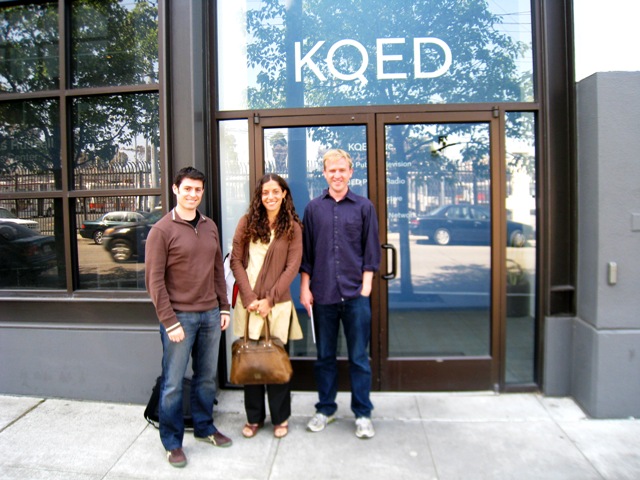
Eric, Stephanie, Matt
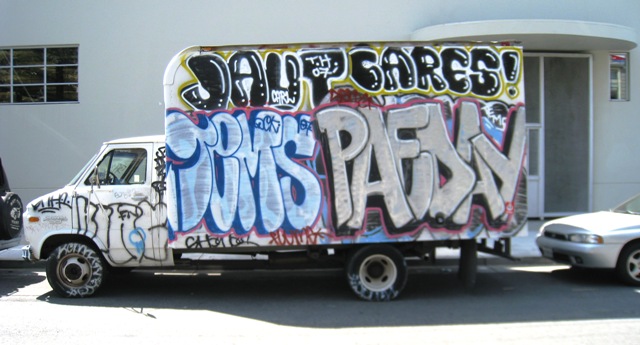
In front of Kiva.org
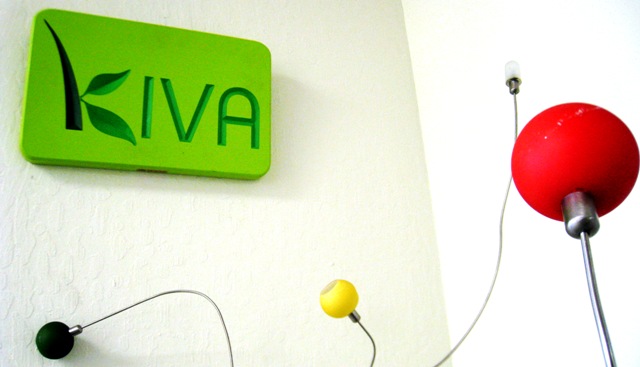
Inside Kiva.org
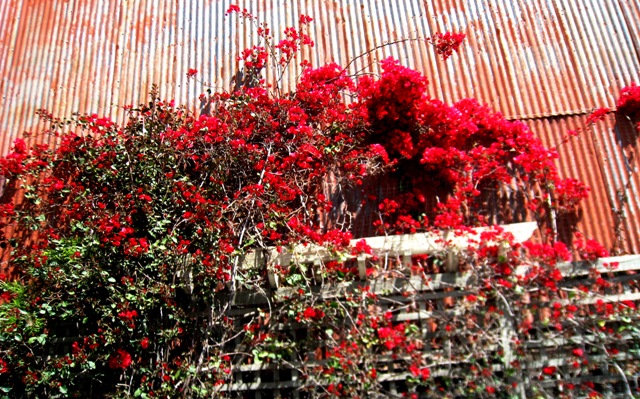
Behind Kiva.org

Debra Dunn, John Wood, Brett Galimidi
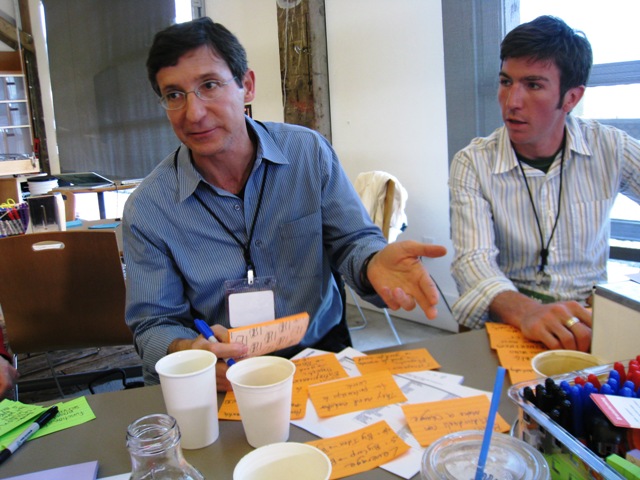
Martin Fisher of KickStart holds forth
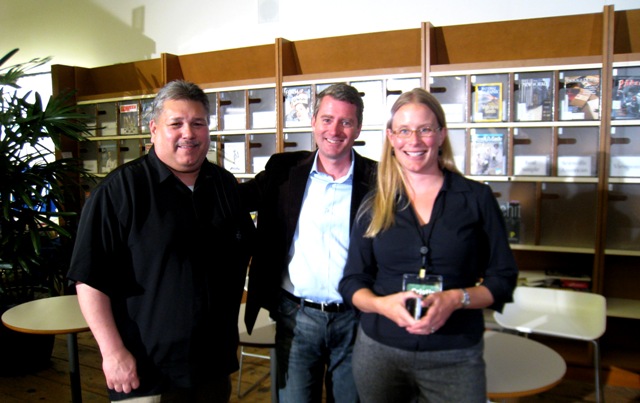
Sam McCracken, John Wood, Cristin Lindsay
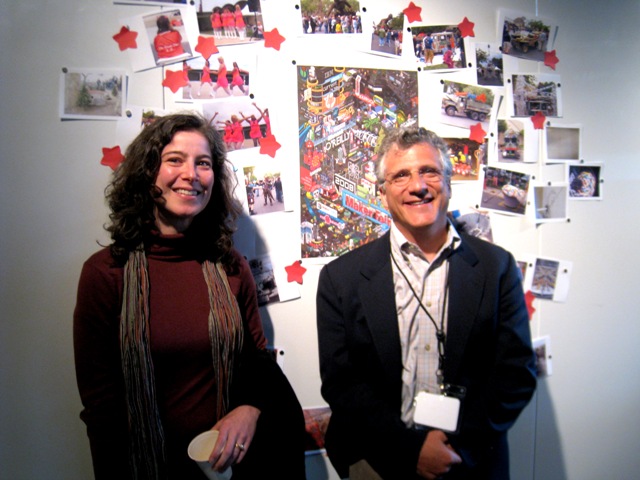
Susannah Kirsch and Will Rosenzweig of Physic Ventures
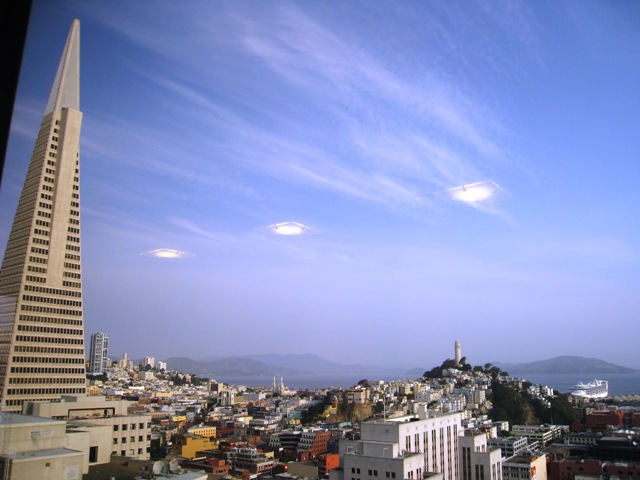
Flew to San Francisco on Thursday, with a mad dash to get to T5 because of a taxi that didn’t arrive. Then the BA check-in was primeval, following which – with my adrenaline cranked up to unusally high levels – I left my credit card in a machine and didn’t wake up to the fact until I was half a T5 away, which was an unbridgeable distance. Plane was late to take off and therefore late into San Francisco, which then meant I was racing to get to a dinner hosted by Physic Ventures at Kokkari. But great when I eventually managed to get there.
Friday was pretty much all Physic, where I am a member of the Strategic Advisory Board, on the twentieth floor of One Embarcadero center, with a spectacular view of the harbour. As I was photographed by a floor-to-ceiling window, I kept getting flashes of intense vertigo. Then in the afternoon Will (Rosenzweig) drove me in his Prius, across the Golden Gate Bridge to his Marin County home, from where I looked down on circling turkey vultures – and, among other things, did a long telecon in relation to a stuttering energy-related project that Volans may or may not do this year.
Yesterday, I did a fair amount of work on the laptop in the hotel, before first meeting up with Paul Hawken for a semi-magical chat, and then heading across to see old friends, Ian Keay and Alda Angst. Wonderful Indian meal, after which they drove me back into town. Today, I have been working pretty solidly, until around 18.45, when I walked across to 570 Fourth Street for dinner with Mark (Lee). Keep walking through slipstreams of hashish or marijuana here in San Francisco, which is oddly comforting. Flashes of the old San Francisco.
As I packed this morning for T5 (God help me) and the US, I tidied up a set of cuttings from recent newspapers, including two obituaries, one from today’s Times and the other from yesterday’s paper. Today’s was for Albert Hofmann, the Swiss chemist who worked with Sandoz and discovered LSD. When we met Shawn Phillips in Positano in 1970 (see under Influences, Music), Hofmann was a key topic of conversation. Some sort of psychedelic saint. My own LSD experience had been either in 1968 or 1969, I can’t now remember. But, though I wildly regret what has happened to the illegal drugs industry since, that experience truly opened doors of perception I am glad didn’t stay closed to me.
And the link to the second obituary? This was for Sir Derek Higgs, who was Chairman of Alliance & Leicester, and who I mainly knew through the time when we worked together at Business in the Environment, part of Business in the Community. In any event, his key 2003 report on corporate governance was a brave attempt to help business leaders cope with the blizzard of signals that come in from every part of the business environment today.
In a way, it is almost as if companies are potentially on the corporate form of LSD, open – through their employees and other stakeholders – to endless stimuli. And we have certainly added to the challenge with all our efforts to promote wider forms of stakeholder engagement. The key task of boards and other organs of corporate governance is to ensure that the doors of corporate erception are sufficiently open, but that in the midst of all of this the key strategic priorities are identified and addressed.
More anon.
John Elkington is a world authority on corporate responsibility and sustainable development. He is currently Founding Partner and Executive Chairman of Volans, a future-focused business working at the intersection of the sustainability, entrepreneurship and innovation movements.
